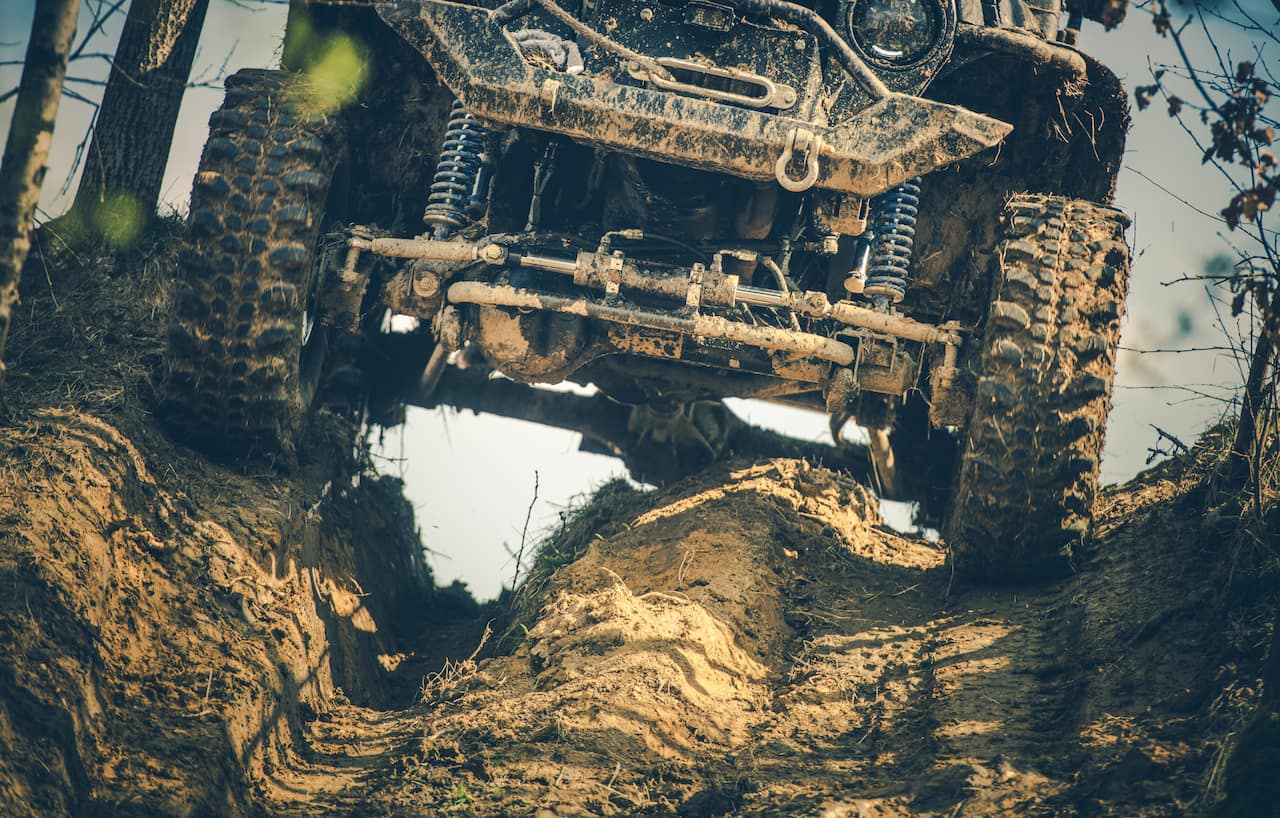When you’re pushing your UTV to its limits, the undercarriage is inevitably exposed to rocks, tree stumps, and rough terrain. Skid plates provide essential protection against these hazards, preventing costly damage, improving performance, and giving you peace of mind on every off-road adventure.

Understanding UTV Skid Plates: What You Need to Know
Upgrading your UTV skid plates is an important step in preserving the integrity of your undercarriage. Without proper protection, your machine can suffer from punctured or dented engine compartments, bent frames, and even safety risks. Skid plates are engineered to shield crucial components, extending your UTV’s lifespan and helping you avoid expensive repairs.
To explore more about UTV skid plates and aftermarket upgrades, consider the following aspects:
- Exposure to Debris and Impact: Off-road trails are packed with hidden obstacles. Skid plates help distribute impact so that the force doesn’t concentrate on vulnerable parts, like your engine or transmission.
- Preventing Undercarriage Damage: Without adequate coverage, your UTV can sustain scrapes, deep gouges, or even structural damage, making ride quality suffer and repairs costly.
- Material Importance: The right material—be it aluminum, UHMW (ultra-high-molecular-weight polyethylene), or steel—can make all the difference in protecting your machine from harsh off-road conditions.
Key Considerations When Choosing UTV Skid Plates
Investing in high-quality skid plates ensures you’ll keep rolling over rugged terrain without worrying about the health of your UTV’s undercarriage. Before buying, take note of the following considerations to make the best decision for your ride. For an extensive selection of UTV skid plates and aftermarket accessories, keep these points in mind:
- Material and Thickness – Choose aluminum or steel for durability, or opt for UHMW plastic for lighter weight and corrosion resistance. Thicker plates offer more protection but can add extra weight.
- Coverage Area – Check how much of your undercarriage is protected. Some skid plates only cover the main frame, while others shield additional components like trailing arms and A-arms.
- Fit and Compatibility – Each make and model may require specific skid plate dimensions. Ensure the product is designed for your UTV to avoid modification hassles or poor fitment.
- Ease of Installation – Some skid plates feature a bolt-on design and come with all necessary hardware. Others require drilling or specialized tools. Factor in your skill level and available tools before purchasing.
Step-by-Step Guide to Installing UTV Skid Plates
Proper installation of your new skid plates can save you both time and money in the long run. By following this step-by-step guide, you’ll enhance your UTV’s protection in no time. For more UTV skid plates installation guides and modification tips, check out these essential steps:
- Gather the Necessary Tools – Before you begin, confirm that you have the correct sockets, wrenches, and any specialty tools required. Always consult the manufacturer’s instructions or user manuals for precise measurements and torque specs.
- Lift and Secure Your UTV – Use a jack or appropriate lifting device to raise the UTV. Secure it on jack stands to give you ample space to work underneath. Safety always comes first!
- Align the Skid Plates – Position the skid plates under your UTV, ensuring each section lines up with the existing frame holes. Make any preliminary adjustments before fastening hardware.
- Bolt Everything in Place – Start by hand-threading bolts to avoid cross-threading. Then, use a torque wrench to tighten them to the manufacturer’s recommended specifications. Ensure all plates sit flush without gaps that could trap debris.
- Double-Check and Test Drive – Inspect the entire skid plate assembly for missed bolts or potential interference with moving parts. Once confident in your install, take your UTV for a short drive on level terrain to confirm nothing rattles or rubs.
Maintaining Your New UTV Skid Plates
After installation, consistent care will keep your skid plates functioning optimally. Rinse off mud and debris as soon as possible, especially if you’ve been riding through water or sand. Regularly inspect all fasteners, retightening them as needed. If you spot deep gouges or cracks, address them immediately—ignoring these issues can compromise your undercarriage’s protection.
When to Call in the Professionals
If you notice major fitting problems, your skid plates aren’t sitting flush, or installation requires extensive modifications you’re not comfortable handling, contact UTV skid plates expert mechanics to ensure a proper installation.
Always remember that if you’re unsure about any part of the process, invest in a professional service to guarantee your UTV remains safe and reliable. A little caution and research go a long way toward protecting your ride.
Main Points to Remember
Skid plates are essential for preventing undercarriage damage and extending the life of your UTV. By choosing the right material and coverage, ensuring a proper fit, and taking the time to install them correctly, you’ll be on the path to worry-free off-roading. Regular maintenance seals the deal, keeping your UTV in top shape for every adventure. With the right skid plates, you can focus on tackling the roughest trails, confident that your undercarriage is safeguarded against the unexpected.
